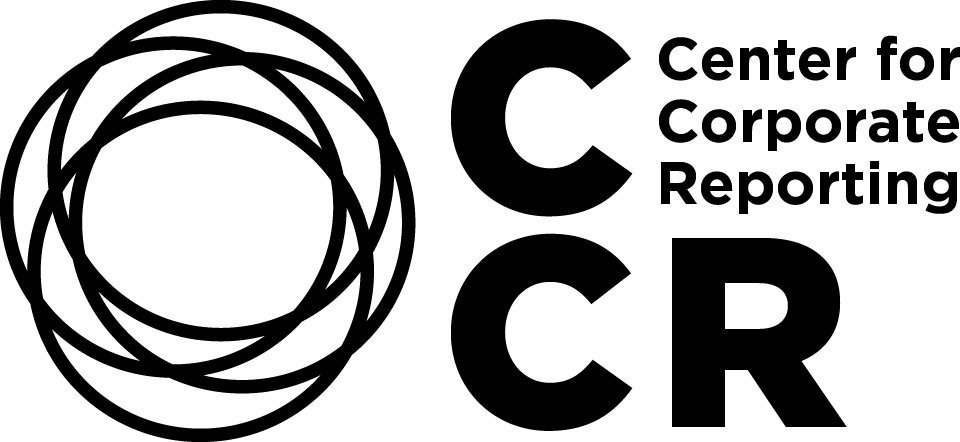Impact Transparency along Supply Chains
Is the Responsible Business Initiative only a question of compliance? Certainly not. Supply chain transparency is a challenge that businesses can and should master.
by Sonja Haut
Swiss companies are expected to uphold human rights and comply with environmental standards, not just in Switzerland but also when doing business abroad. The popular initiative “For responsible businesses – protecting human rights and the environment” wanted this expectation to be spelled out in laws and demanded that Swiss companies be liable for environmental damages and human rights violations occurring not only in own operations and subsidiaries but also in their business partners and suppliers in their global supply chains. The indirect counter-proposal to the initiative came into effect in February 2022 with disclosure and due diligence obligations. Some voices in business argue this is considerably stretching the limits of what is feasible.
Unintended supply chain implications are a real risk
Not surprisingly with new regulations, the topic is predominantly classified as a compliance task. However, the more far-reaching expectations on businesses remain. Not being on top of how business is conducted along one’s supply chain constitutes a reputational risk for sure, and quite possibly also an operational risk. The risk perspective invites another perspective which is the role of procurement as an activity or a function.
Procurement does not only buy goods and services at the right quality and the best price. In fact, it buys together with these an entire supply chain including environmental and social implications. These implications may be intended, but most often they are not. They are real, nonetheless.
Such a perspective on procurement calls for pivoting from a mere transactional approach to procurement to actively managing globally distributed supply chains. Actively managing supply chains means taking decisions, adjusting approaches, and, a novelty after COVID-19, designing resilience.
This is a large challenge and it requires data: data that one hears often will only be brought about in the future by advanced artificial intelligence, blockchain, and the super network of networks, the metaverse; data that is certainly not available currently. Quite daunting an outlook for anyone whose task it is to propose an approach to managing supply chains and related business risks today!
Transparency is possible - already today
It is about time to confront the urban legends with facts. Relevant data can be available to anyone who cares to utilize established approaches. Insights can be obtained into the environmental exposures and the social risks along entire supply chains. Transparency is possible by sector and by country. Thus, hot spots of human rights violation risk and environmental damage risk can be identified providing useful knowledge for further follow-ups and remediation.
This is in essence the read-out of the case studies and papers “The Environmental Impact of Novartis Along Global Supply Chains”, “Screening for human rights impact in corporate supply chains”, and “Health Utility of Income”.
Such insights would equip companies to engage on different terms with immediate suppliers and partners, but also to comply with the new disclosure obligations. As different as the findings and insights may be, they are all based on macro-economic statistics on trade interrelations, so-called input-output models. Technically interested readers may want to have a look at the method paper “Extended Input-Output Modelling” by the Value Balancing Alliance or at the publication “A procurement tool for streamlined Input-Output sustainability assessment” in the section Digitalization in Circular Economy and Sustainable Supply Chains.
The social impact of fair pay
Since all businesses have employees, the aspect of the central human right to fair pay and its social impact will be most relevant to discuss here in a bit more detail. Employment and income are often seen as solely positive contributions of businesses to society. However, jobs need to pay an income sufficient to sustain a basic standard of living to constitute indeed a positive contribution. Incomes below the local living wage do not only constitute a poverty risk and may force a person to go into a second job, they also correlate with reduced life expectancies. This income gap to health gets smaller with higher incomes and at some point, diminishes entirely. Comparing the actual wages and salaries with the local living wages yields their social impact. The social impact of fair pay is a quantitative measure of the quality of jobs, showing a positive value for salary payments above the living wage and a negative value for salary payments below the living wage.
Think beyond compliance
In view of the counter-proposal to the Responsible Business Initiative coming into effect this year, the most pressing topic may appear to be compliance. However, businesses are well advised to think beyond the compliance topic at hand and to start addressing the larger challenge of managing risk in their supply chains. It is high time - and perfectly feasible.
Sonja Haut
has worked on impact valuation since 2015. She leads the Novartis Value Balancing Alliance (VBA) engagement, is a member of the Capitals Coalition Advisory Panel, of the WEF Global Future Councils, and of the ISSB Technical Reference Group.
Sonja earned an MBA from IMD Business School and holds degrees in Physics and Mathematics. She is a First Movers Fellow of the Aspen Institute. Sonja is the author of “The Case for Impact”.
Which topics are on your mind?
Integrated Thinking, ESG & Sustainability, Responsibility & Governance, Stakeholder Relations, Digitalization, Standards & Frameworks or Regulation, others? With its network of experts, the CCR provides you with the answers you are looking for. Contact our Helpdesk.



